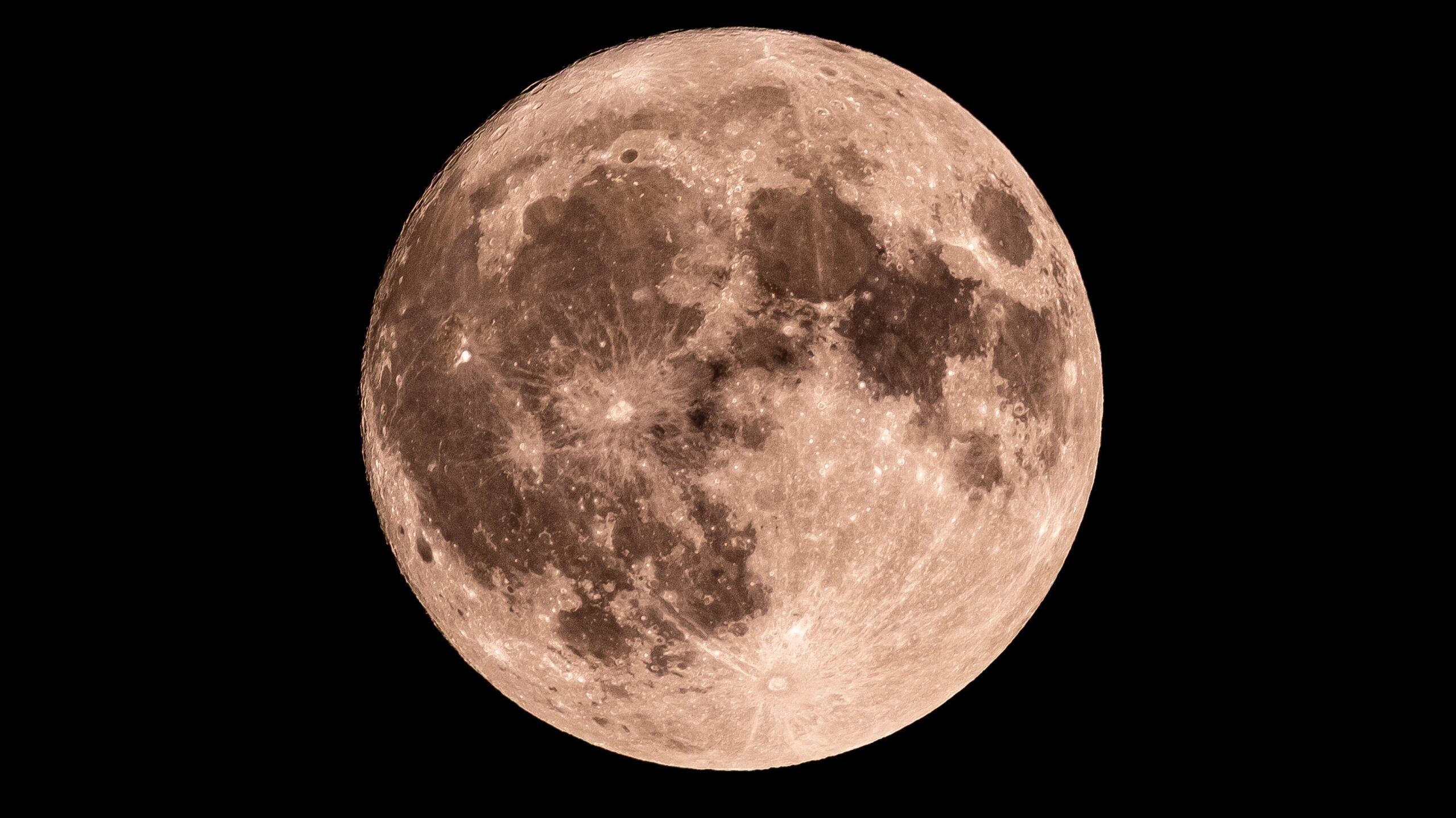Science
Lunar Insights: Waning Crescent Moon Phase on October 17

As of October 17, 2023, the Moon is in its Waning Crescent phase, marking day 26 of the lunar cycle. During this period, the lunar visibility is diminishing, with only 14% of the Moon illuminated, according to NASA’s Daily Moon Observation. As the Moon transitions between Earth and the Sun, it will gradually fade from view, preparing for the upcoming New Moon.
On the evening of October 17, stargazers will find that visibility is significantly reduced. The Aristarchus Plateau will be the only feature that can be seen without any visual aid. Those equipped with binoculars will also be able to observe the Grimaldi Basin, while a telescope will reveal the Reiner Gamma, a distinct lunar swirl on the Moon’s surface.
Understanding Lunar Phases
The Moon undergoes a continuous cycle lasting approximately 29.5 days as it orbits Earth. This cycle results from the changing positions of the Sun, Earth, and Moon relative to one another. The Moon always presents the same face to Earth, but the amount of sunlight reflecting off its surface varies nightly.
The main lunar phases include:
– **New Moon**: The Moon is positioned between Earth and the Sun, rendering it invisible.
– **Waxing Crescent**: A small sliver of light appears on the right side.
– **First Quarter**: Half of the Moon is illuminated on the right side, resembling a half-moon.
– **Waxing Gibbous**: More than half of the Moon is lit but not yet full.
– **Full Moon**: The entire face of the Moon is fully illuminated.
– **Waning Gibbous**: The Moon starts to lose light on the right side.
– **Third Quarter (Last Quarter)**: Another half-moon, but now the left side is lit.
– **Waning Crescent**: A thin sliver of light remains on the left side before it becomes dark again.
Upcoming Lunar Events
The next full moon is expected to occur on November 5, 2023. As the lunar cycle progresses, enthusiasts and astronomers alike can look forward to observing the various phases and features of the Moon that will become visible once the Waning Crescent gives way to the New Moon.
Understanding these phases not only enriches our appreciation of celestial events but also connects us to the rhythms of nature that influence our planet.
-

 Science2 months ago
Science2 months agoInventor Achieves Breakthrough with 2 Billion FPS Laser Video
-

 Health2 months ago
Health2 months agoCommunity Unites for 7th Annual Into the Light Walk for Mental Health
-

 Top Stories2 months ago
Top Stories2 months agoCharlie Sheen’s New Romance: ‘Glowing’ with Younger Partner
-

 Entertainment2 months ago
Entertainment2 months agoDua Lipa Aces GCSE Spanish, Sparks Super Bowl Buzz with Fans
-

 Health2 months ago
Health2 months agoCurium Group, PeptiDream, and PDRadiopharma Launch Key Cancer Trial
-

 Top Stories2 months ago
Top Stories2 months agoFormer Mozilla CMO Launches AI-Driven Cannabis Cocktail Brand Fast
-

 Entertainment2 months ago
Entertainment2 months agoMother Fights to Reunite with Children After Kidnapping in New Drama
-

 World2 months ago
World2 months agoR&B Icon D’Angelo Dies at 51, Leaving Lasting Legacy
-

 World2 months ago
World2 months agoIsrael Reopens Rafah Crossing After Hostage Remains Returned
-

 Business2 months ago
Business2 months agoTyler Technologies Set to Reveal Q3 Earnings on October 22
-

 Health2 months ago
Health2 months agoNorth Carolina’s Biotech Boom: Billions in New Investments
-

 Health2 months ago
Health2 months agoYouTube Launches New Mental Health Tools for Teen Users









